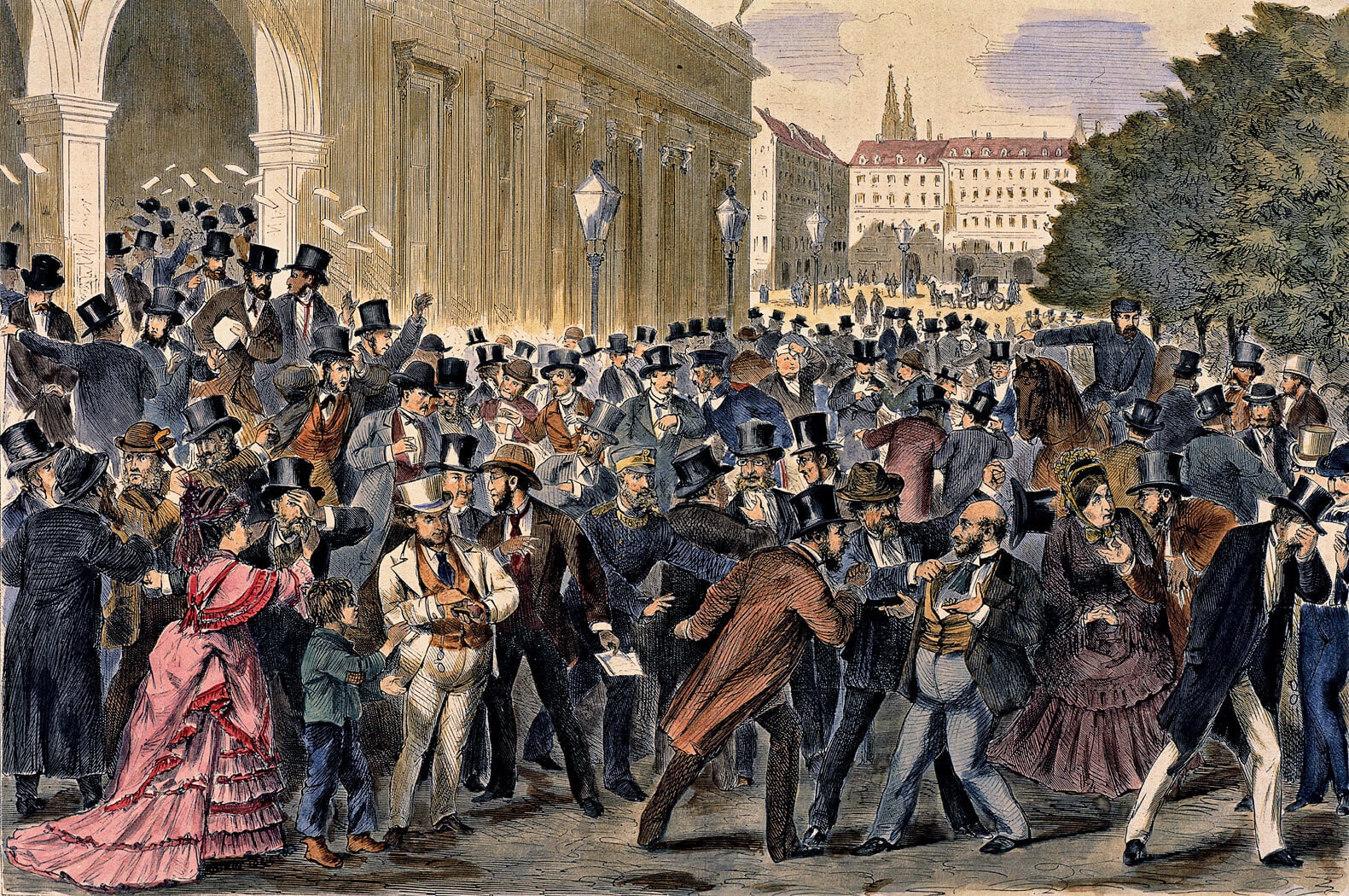Is this the future of transport systems?

Stay up to date:
Mobility Solutions
This article is published in collaboration with ETH Zurich.
As people travel greater distances across Switzerland on a regular basis, it is hardly a surprise that both public transport and road networks are congested at peak times. The mobility sector will face even greater challenges in the future as traffic increases further, but no additional financial resources are made available to expand the infrastructure than exist today. “A good transport system, however, is just as important to society as blood vessels are to an organism,” says Ulrich Weidmann, Professor at the ETH Zurich Institute for Transport Planning and Systems. Transport systems are embedded in social, ecological and economic contexts, which is what makes the search for consensus among the various interest groups so challenging.
Extensive discussions with different partners
Despite their differences, contrasting perspectives and expertise can together pave the way for a new approach. With this in mind, researchers from the Institute for Transport Planning and Systems at ETH Zurich and the Chair for Logistics Management at the University of St. Gallen held round table discussions with 20 major players from the Swiss transport industry. Established transport and logistics companies such as SBB, DHL and Swiss were involved, as were other stakeholders such as Migros or Siemens. The collective wisdom was compiled in a series of workshops and consolidated into a common vision of good mobility.
Forecast for the year 2050
The first step was to draw up a forecast for the development of transport services by 2050 based on existing forecasts, a trend analysis and assessments by the research team and industry experts. According to the data, freight as well as passenger air, rail and road transport will continue to increase through to 2050, especially in areas where bottlenecks already exist – in, around and between the agglomerations. The researchers also anticipate fundamental changes to the transport system itself: “Only the outside appearance of the transport system will be the same in 2050,” says Weidmann. In particular, he expects the processes to be increasingly more automated. This means that in future, not only will aeroplanes, trains or even cars be increasingly controlled automatically, but the majority of customer service will be also be digitalised.
Recommended actions to policy makers
The second step involved setting targets for 2050. Scientists and industry experts agreed on a common understanding of values and created a target situation that laid the foundation for future policy making. Key examples include a self-financing future transport system and the responsible use of resources, such as non-renewable energy or land transport.
Comparing the target situation with the projected situation based on current conditions, the researchers then developed a recommended course of action for political decision-makers as the third step. One of the recommendations support the view that infrastructure and transport services should only be expanded in future if bottlenecks exist, and these cannot be resolved by other measures such as intelligent management. They also write that the development of peripheral regions should not be driven solely by additional transport systems. On the contrary, the scientists recommend that underused infrastructures should be decommissioned and dismantled. The study also concludes that spatial planning is increasingly oriented to existing infrastructure and not vice versa, which means that expansion tends to happen at already well-served points. There could also be a possibility to repeal tax breaks for business trips and commutes to stem the growing number of commuters.
Two findings are ultimately crucial for Weidmann: “Information technology will radically revolutionise all systems, and instead of expanding capacity, we will have to speak much more about capacity management in the future.” This requires new forms of governance and perhaps even a comprehensive master plan.
Publication does not imply endorsement of views by the World Economic Forum.
To keep up with the Agenda subscribe to our weekly newsletter.
Author: Vanessa Bleich is a writer at ETH Zurich.
Image: Heavy traffic moves along a busy road during the evening. REUTERS/Vijay Mathur.
Don't miss any update on this topic
Create a free account and access your personalized content collection with our latest publications and analyses.
License and Republishing
World Economic Forum articles may be republished in accordance with the Creative Commons Attribution-NonCommercial-NoDerivatives 4.0 International Public License, and in accordance with our Terms of Use.
The views expressed in this article are those of the author alone and not the World Economic Forum.
Forum Stories newsletter
Bringing you weekly curated insights and analysis on the global issues that matter.
More on Economic GrowthSee all
Ali Alwaleed Al-Thani and Santiago Banales
July 21, 2025
Juan Caballero and Ana Sampaio
July 18, 2025
John Letzing
July 17, 2025
William Dixon
July 16, 2025
Aengus Collins
July 15, 2025
Guy Miller
July 15, 2025



